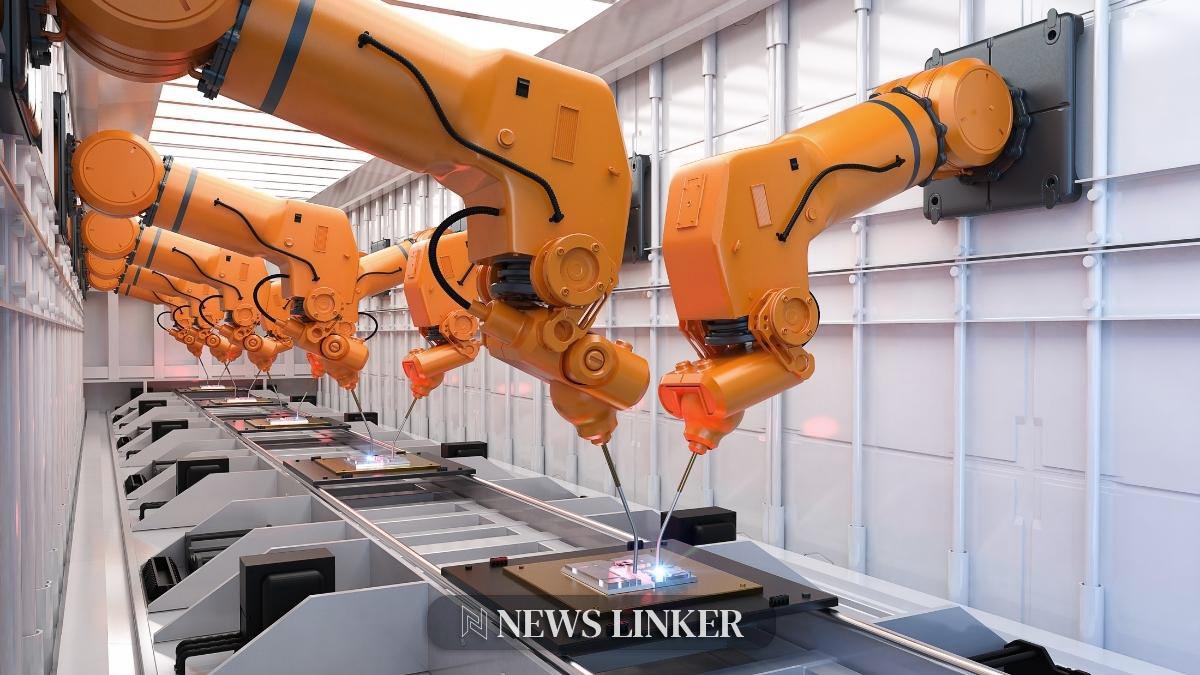A recent investigation by MIT CSAIL, alongside MIT Sloan, The Productivity Institute, and IBM’s Institute for Business Value, has shed new light on the potential influence of artificial intelligence on employment. Contrary to widespread assumptions, the study suggests that AI may not lead to massive job displacement. Instead, it emphasizes the economic feasibility of AI implementation in automating job functions, with a focus on the role of computer vision.
Unique Analytical Approach to AI in the Workplace
The study sets itself apart through a distinctive three-part analysis model that evaluates the technical performance needed for AI systems, the characteristics of an AI system that meets these requirements, and the economic decision-making involved in its development and deployment.
AI’s Limited Economic Viability in Job Automation
Findings reveal that only about 23% of jobs that rely heavily on vision systems are currently economically suitable for AI automation. This indicates a slower, more measured integration of AI into various sectors, which counters the narrative of swift AI-induced job losses. The study’s authors note that future changes in AI development costs and business models, such as AI as a Service, could alter this trajectory and accelerate AI adoption.
The potential shift to AI as a Service could revolutionize the industry by lowering barriers to AI adoption, enabling smaller businesses to harness AI technologies and spurring new AI-centric business models.
AI Adoption: A Catalyst for Job Creation and Economic Growth
The study also acknowledges the broader impacts of AI adoption beyond immediate economic considerations. As AI systems become more prevalent, the need for jobs to maintain and improve these systems could lead to macroeconomic growth, with improvements in employment, income, and living standards.










